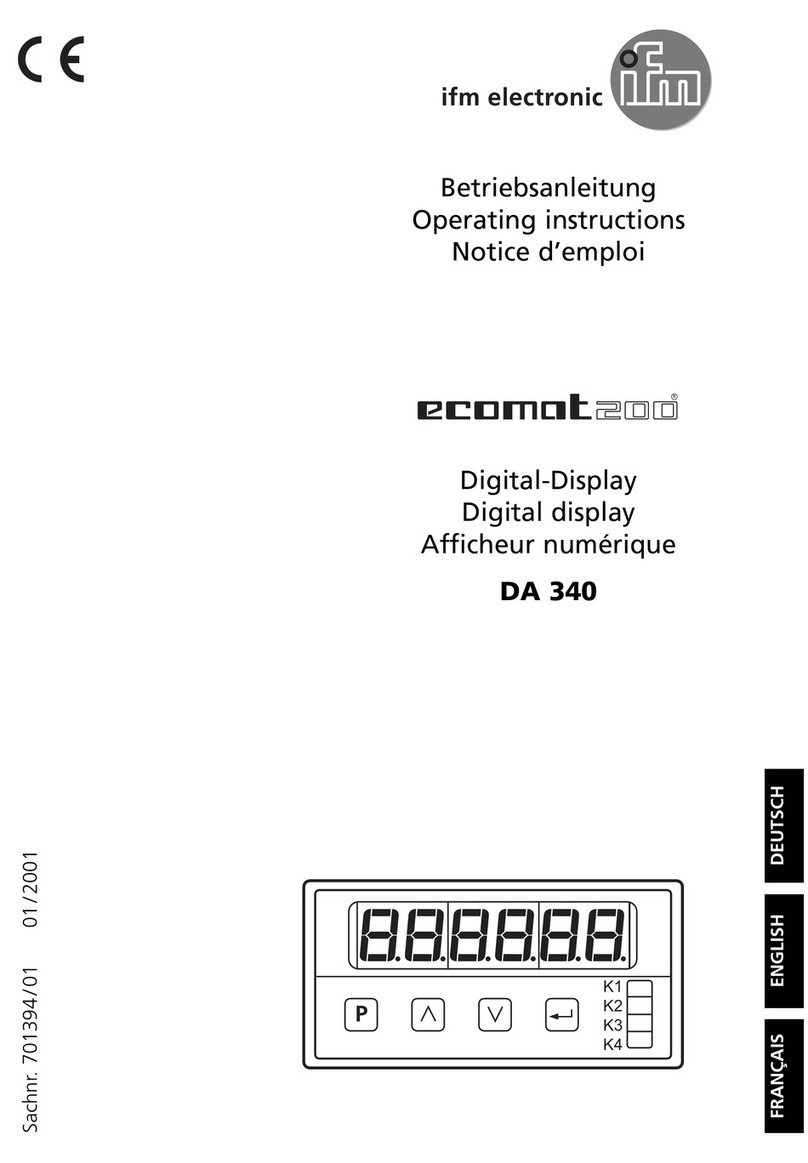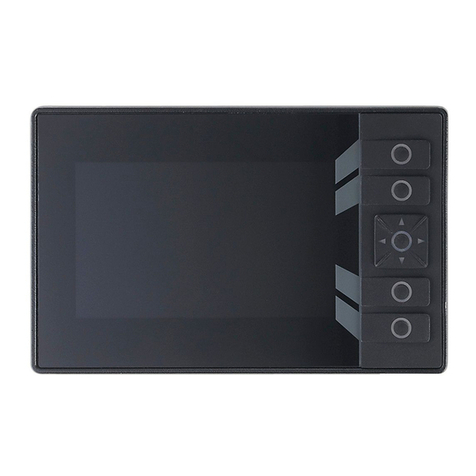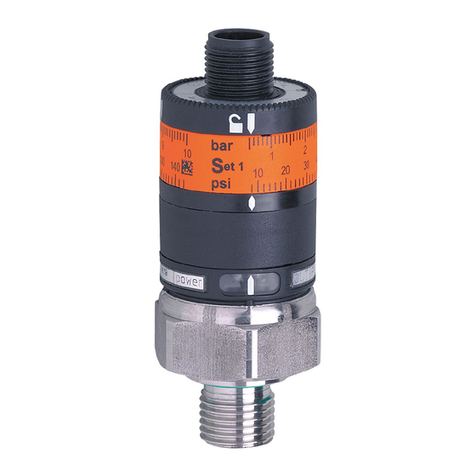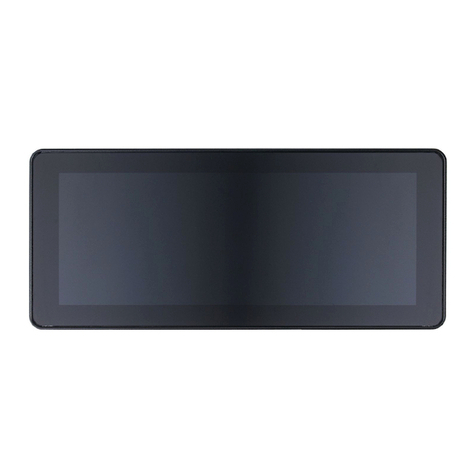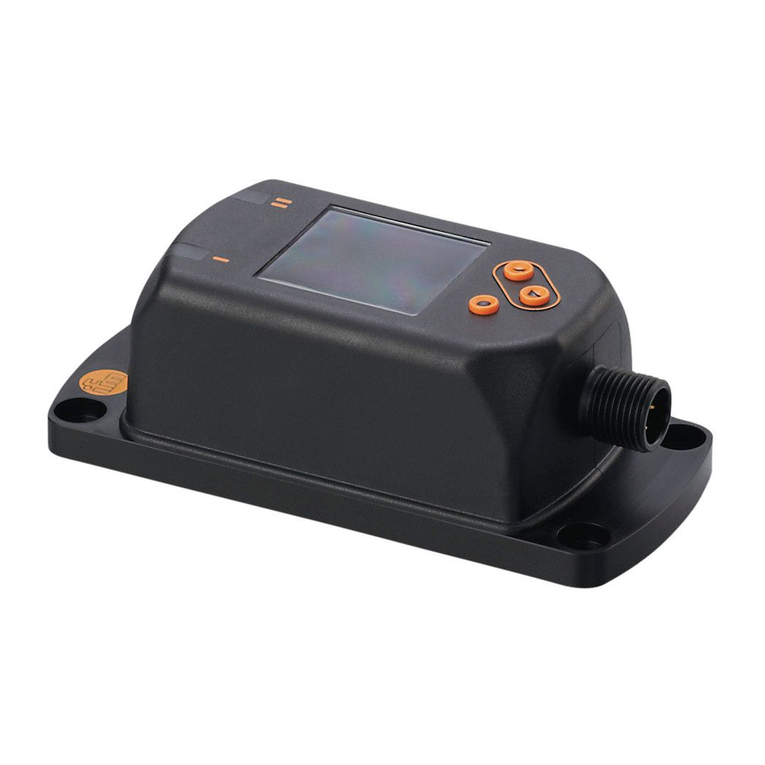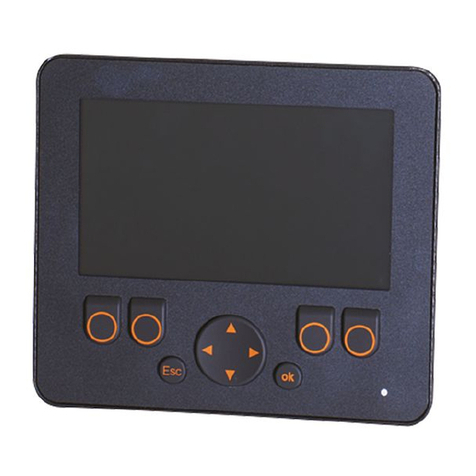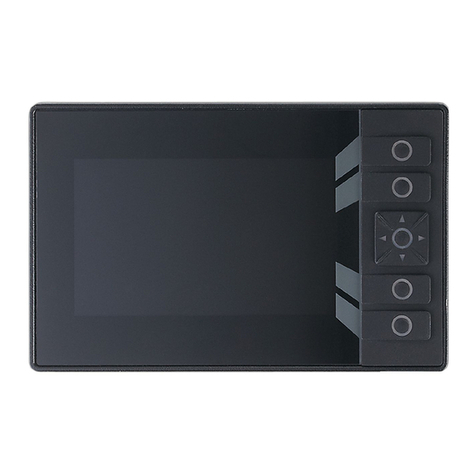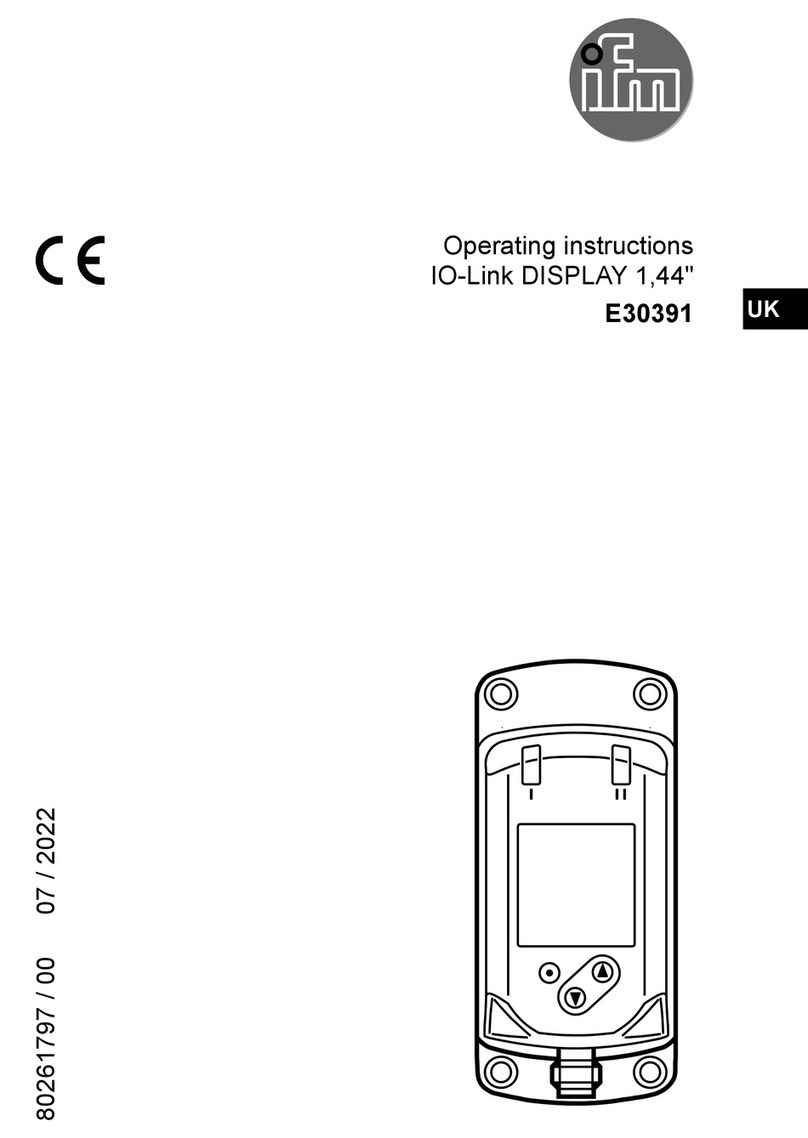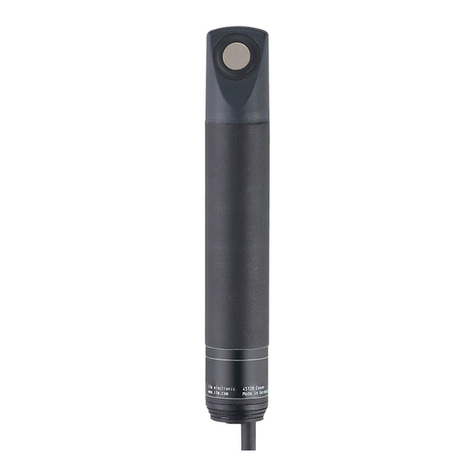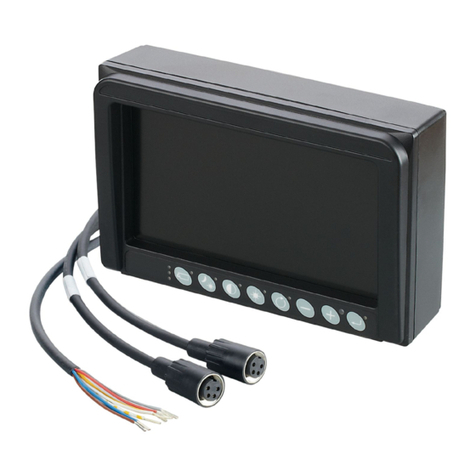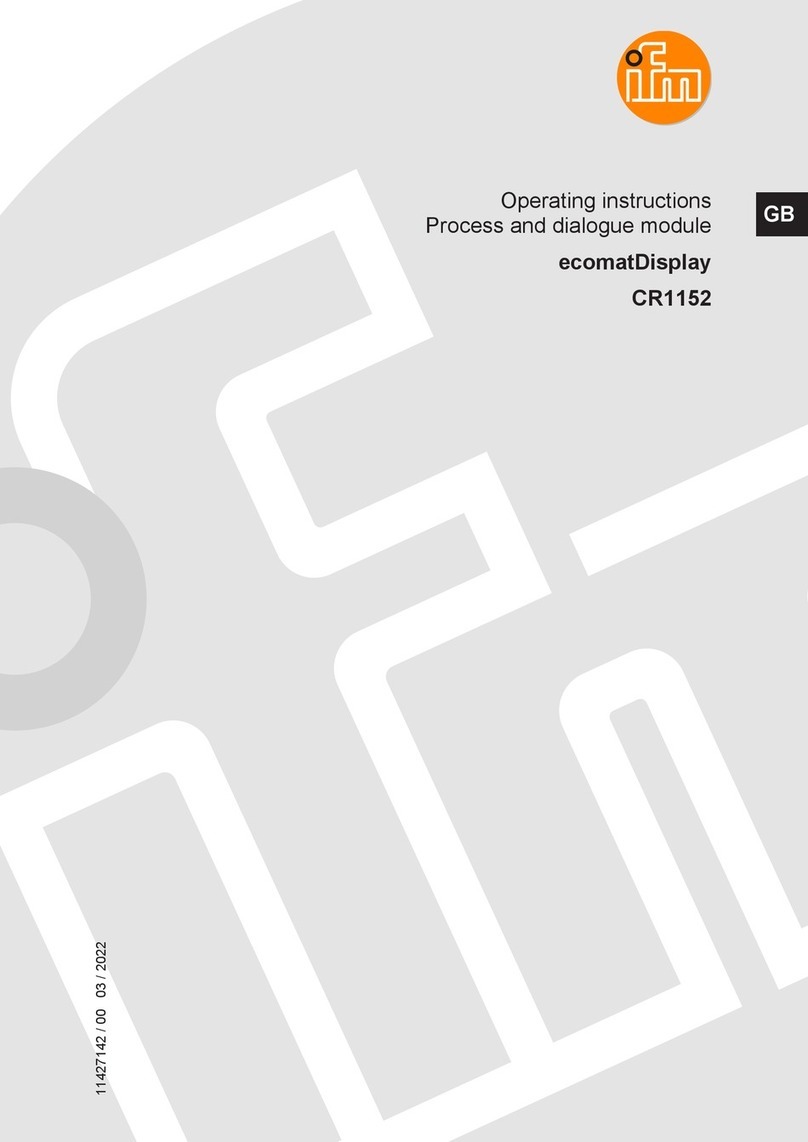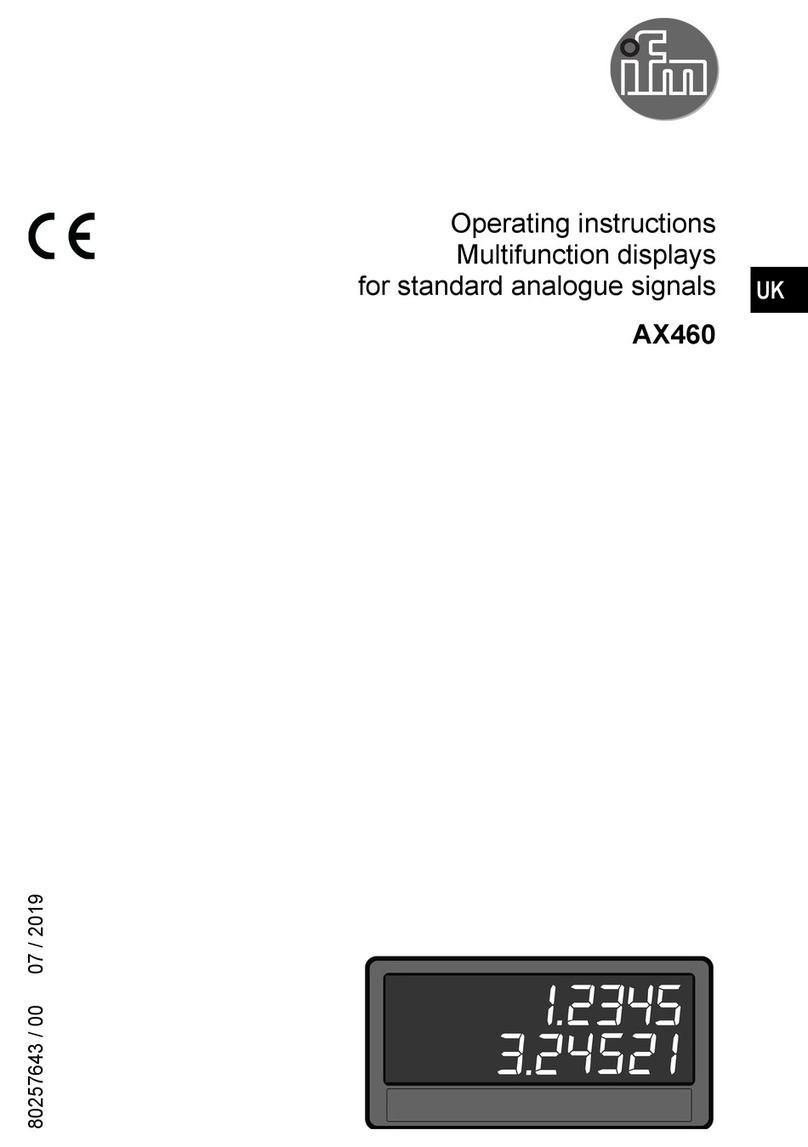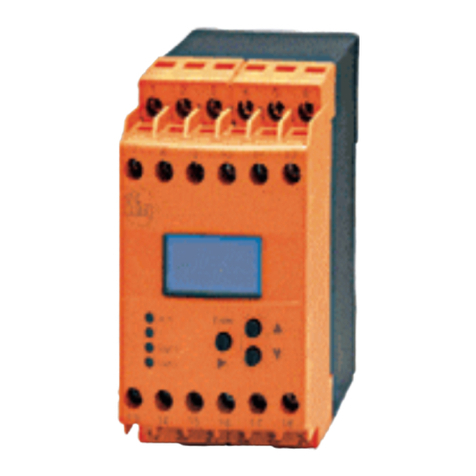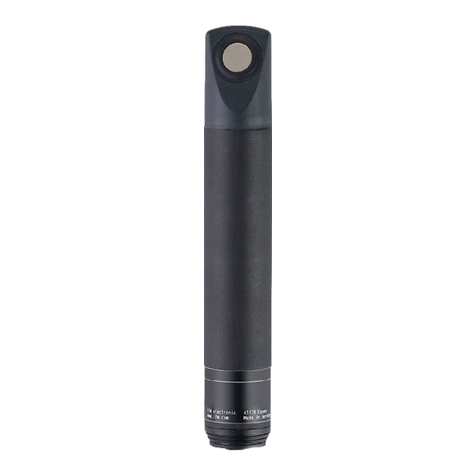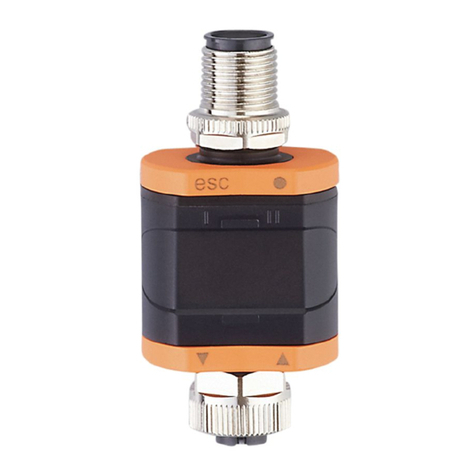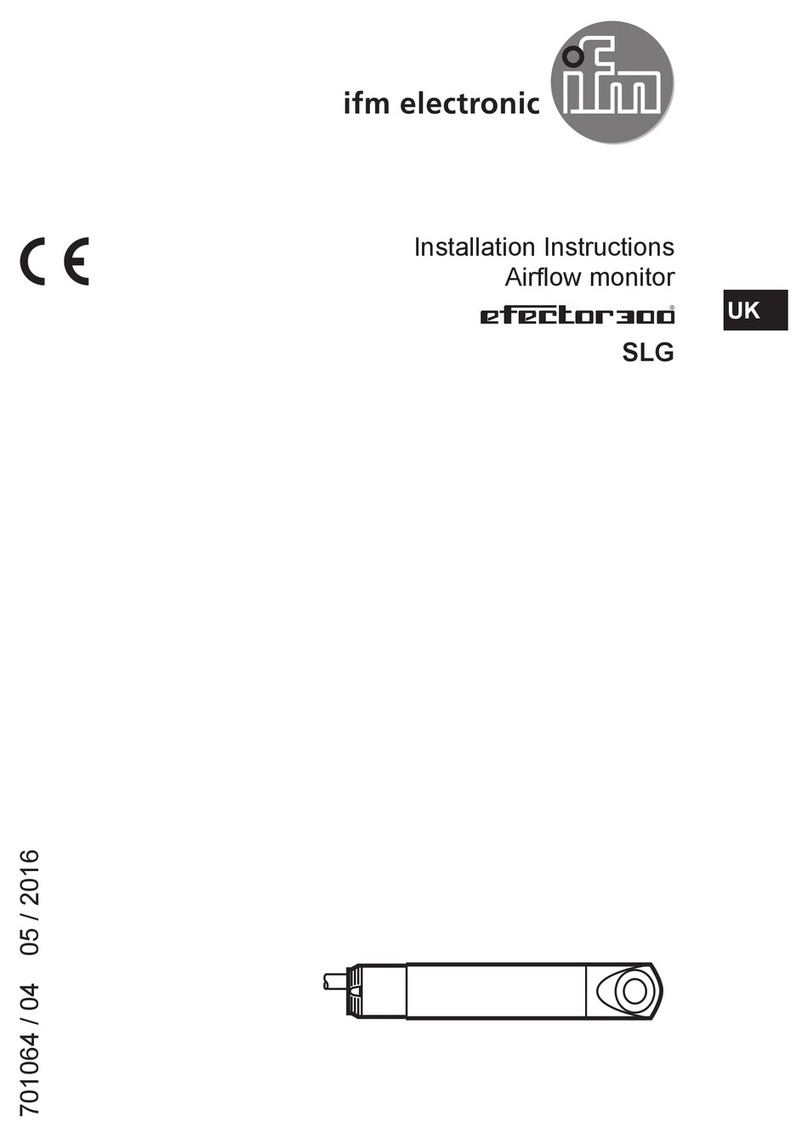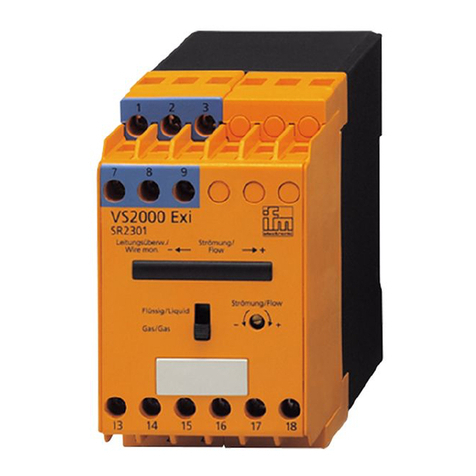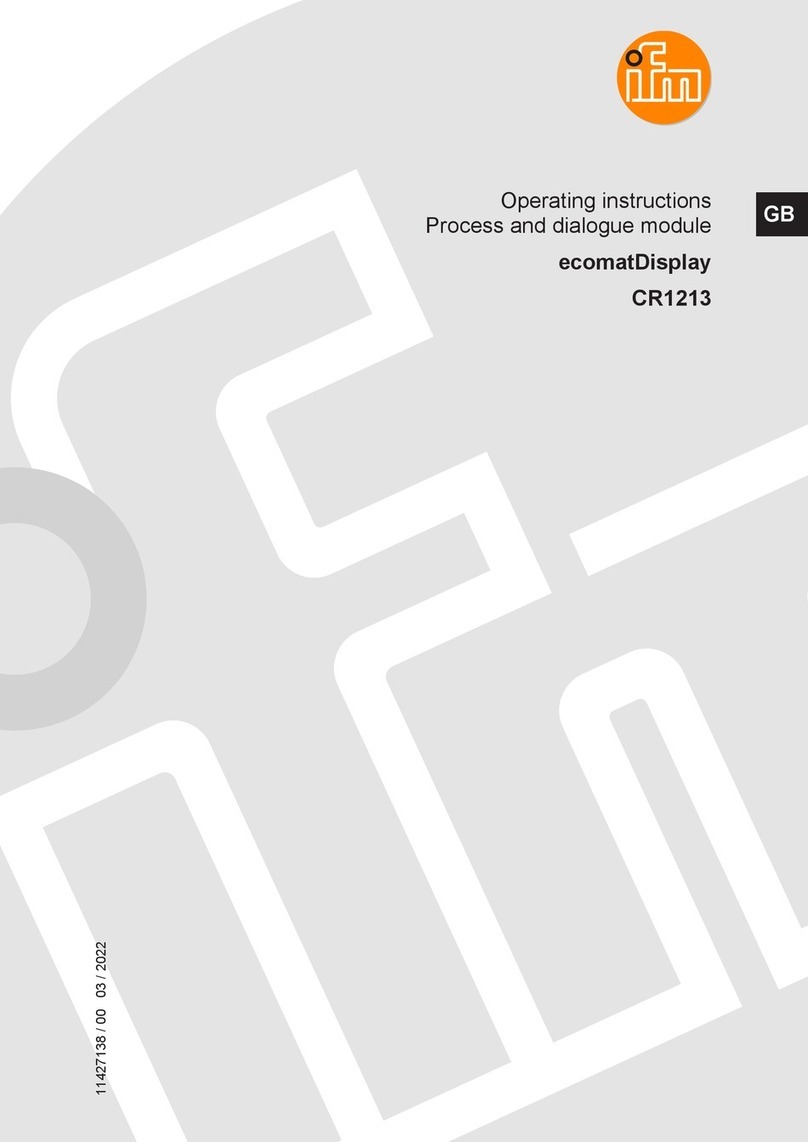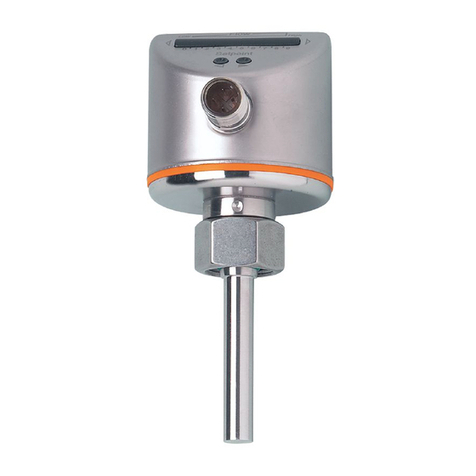
DP2200 Analogue threshold display
2
Contents
1 Preliminary note ............................................................. 4
1.1 Symbols used.......................................................... 4
1.2 Warnings used ......................................................... 4
2 Safety instructions............................................................ 5
3 Intended use................................................................ 6
3.1 Block diagram.......................................................... 6
4 Function ................................................................... 7
4.1 Use as a stand-alone device without IO-Link . . . . . . . . . . . . . . . . . . . . . . . . . . . . . . . . . . 7
4.2 Application as an IO-Link device............................................ 7
4.2.1 General information.................................................. 7
4.2.2 Application example ................................................. 8
4.2.3 Functionality....................................................... 8
4.2.4 IO Device Description (IODD).......................................... 8
5 Installation.................................................................. 9
6 Electrical connection.......................................................... 10
6.1 Removing the connector with vibration protection . . . . . . . . . . . . . . . . . . . . . . . . . . . . . . . 11
6.2 Cable length........................................................... 11
7 Operating and display elements................................................. 12
7.1 Push rings (pushbuttons) ................................................. 12
7.2 LEDs................................................................. 12
7.3 Display ............................................................... 12
7.3.1 Representation of the measured current value . . . . . . . . . . . . . . . . . . . . . . . . . . . . . 13
8 Menu...................................................................... 14
8.1 General............................................................... 14
8.2 Menu structure ......................................................... 15
8.3 Parameters of the main menu.............................................. 15
8.3.1 SP1/rP1 ─ set point/reset point OUT1. . . . . . . . . . . . . . . . . . . . . . . . . . . . . . . . . . . . 15
8.3.2 FH1/FL1 ─ min/max switching limits for window function . . . . . . . . . . . . . . . . . . . . . 16
8.3.3 EF ─ extended functions.............................................. 16
8.4 Parameters of the extended functions (EF) . . . . . . . . . . . . . . . . . . . . . . . . . . . . . . . . . . . . 16
8.4.1 rES ─ restore factory setting........................................... 16
8.4.2 A.Trm ─ analogue termination for OUT2 . . . . . . . . . . . . . . . . . . . . . . . . . . . . . . . . . . 16
8.4.3 ou1 ─ output function for OUT1......................................... 16
8.4.4 dS1/dr1 ─ switching delay/switch-off delay for OUT1 . . . . . . . . . . . . . . . . . . . . . . . . 17
8.4.5 ScAL ─ scaling of the displayed value. . . . . . . . . . . . . . . . . . . . . . . . . . . . . . . . . . . . 17
8.4.6 C.ASP/C.AEP - customer-specific analogue start/end point . . . . . . . . . . . . . . . . . . . 17
8.4.7 coLr ─ display colours and colour changes . . . . . . . . . . . . . . . . . . . . . . . . . . . . . . . . 18
8.4.8 cFH/cFL ─ upper/lower value for colour change . . . . . . . . . . . . . . . . . . . . . . . . . . . . 18
8.4.9 diS ─ refresh rate of the displayed measured value . . . . . . . . . . . . . . . . . . . . . . . . . 19
8.4.10 Lo/Hi ─ min/max measured input values . . . . . . . . . . . . . . . . . . . . . . . . . . . . . . . . . . 19
8.4.11 dAP ─ damping..................................................... 19
8.4.12 Reset [Hi] and [Lo] memory............................................ 19
8.5 Parameters adjustable via IO-Link .......................................... 19
8.5.1 C.uni – customer-specific unit.......................................... 19
8.5.2 S.Loc – software locking.............................................. 20
8.5.3 Application-specific tag............................................... 20
9 Parameter setting............................................................ 21
9.1 Parameter setting in general............................................... 21
9.2 Example [ou1] ─ output function for OUT1 . . . . . . . . . . . . . . . . . . . . . . . . . . . . . . . . . . . . 21
9.3 Notes on programming................................................... 22
9.3.1 Locking / unlocking.................................................. 22
9.3.2 Timeout........................................................... 22
9.3.3 Numerical entries with [▼] or [▲] . . . . . . . . . . . . . . . . . . . . . . . . . . . . . . . . . . . . . . . 22
10 Operation .................................................................. 23
10.1 Functions output 1 ...................................................... 23
